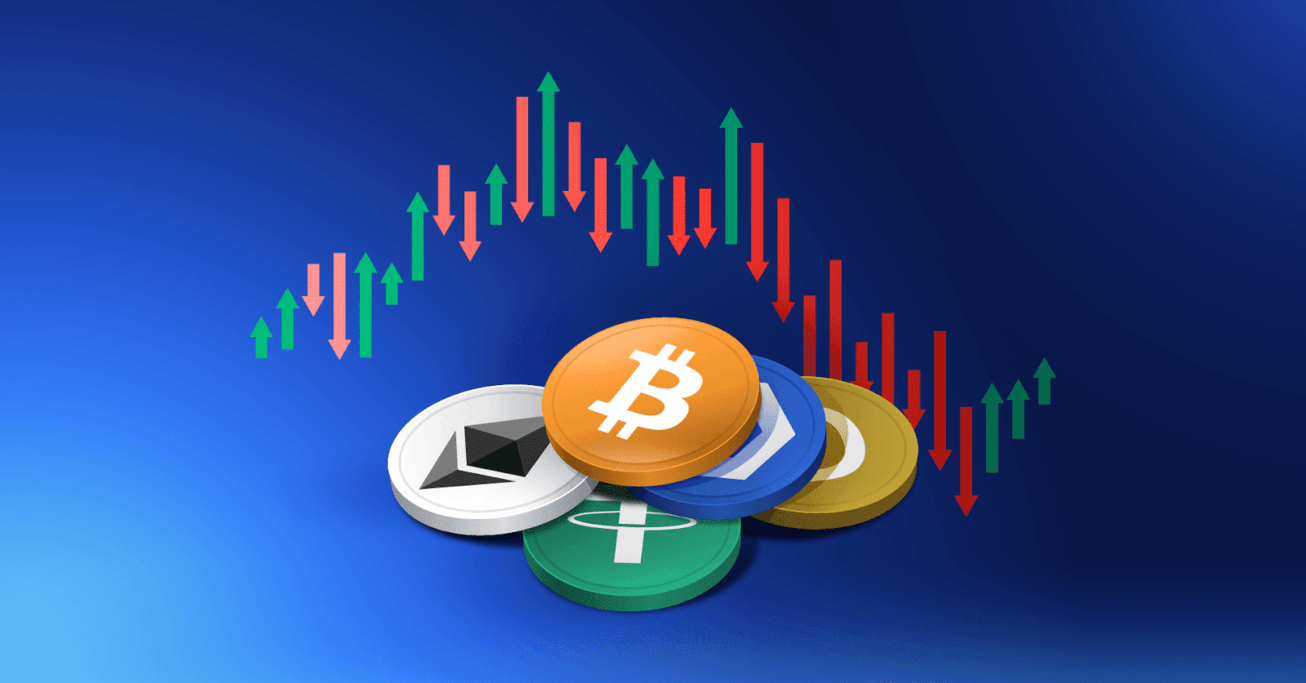Lace School of Crypto: Top 10 cryptocurrencies crypto newcomers should know
The cryptocurrency landscape continues to evolve rapidly, with the global market demonstrating significant growth throughout 2025. Understanding the most widely adopted and used digital assets provides valuable insight into the current state of blockchain technology. This educational overview examines the top ten cryptocurrencies that are currently most popular among users and developers worldwide.
The most recognized digital assets
These top ten cryptocurrencies serve distinct purposes within the broader digital ecosystem. Rather than viewing this as a static ranking, it's important to understand that cryptocurrency adoption and usage patterns change over time based on technological developments, user needs, and ecosystem growth.
1. Bitcoin (BTC)
Bitcoin remains the first and most recognizable cryptocurrency. As the original blockchain network, Bitcoin established the foundational concepts of decentralized digital currency. The network operates using a proof-of-work consensus mechanism and has achieved significant institutional recognition through various financial products and mainstream adoption initiatives.
2. Ethereum (ETH)
Ethereum functions as a programmable blockchain platform that enables smart contracts and decentralized applications (DApps). The network supports a wide ecosystem including decentralized finance (DeFi) protocols, non-fungible tokens (NFTs), and decentralized autonomous organizations (DAOs). Ethereum's transition to proof-of-stake consensus through Ethereum 2.0 improved its energy efficiency and introduced staking capabilities.
3. Ripple (XRP)
Ripple focuses on facilitating cross-border payments and has developed partnerships with financial institutions globally. The network is designed to facilitate fast and low-cost international money transfers. Over 100 financial institutions have integrated Ripple's technology into their payment systems for international transactions.
4. Tether (USDT)
Tether serves as a stablecoin, maintaining a peg to the US dollar. Stablecoins like USDT provide price stability within the volatile cryptocurrency ecosystem and are commonly used for trading and as a bridge between traditional and digital currencies. USDT facilitates liquidity across numerous cryptocurrency exchanges.
5. Binance Coin (BNB)
BNB originated as the utility token for the Binance cryptocurrency exchange ecosystem. The token serves multiple functions, including paying trading fees, participating in token sales, and powering smart contracts on BNB Chain. Users can utilize BNB for various decentralized finance applications and staking programs within the Binance ecosystem.
6. Solana (SOL)
Solana is designed as a high-performance blockchain capable of processing approximately 65,000 transactions per second with minimal fees. The network's technical architecture makes it well-suited for decentralized applications, gaming platforms, and DeFi protocols that require high-speed transaction processing.
7. USD Coin (USDC)
USDC is a regulated stablecoin backed by US dollar reserves and issued by Circle, a financial technology company. The stablecoin undergoes regular third-party audits of its reserve holdings and is widely used across both retail and institutional sectors as a stable digital dollar equivalent.
8. Dogecoin (DOGE)
Originally created as a lighthearted project, Dogecoin has developed an active community and found practical applications in micropayments, tipping, and online transactions. Despite its humorous origins featuring the Shiba Inu dog meme, the network has maintained consistent usage and community support over many years.
9. TRON (TRX)
TRON operates as a decentralized platform for content sharing and entertainment applications. The network is particularly popular in Asian markets, supporting various decentralized applications and stablecoins. TRON also owns the BitTorrent protocol and focuses on decentralized content delivery systems.
10. Cardano (ADA)
Cardano emphasizes academic research and peer-reviewed development in its approach to blockchain technology. The network utilizes a proof-of-stake consensus mechanism, focusing on sustainability, scalability, and accessibility. Cardano's development process prioritizes scientific rigor and aims to create a secure, scalable blockchain ecosystem for global use.
Understanding the current landscape
These top ten cryptocurrencies represent different approaches to blockchain technology and serve various use cases within the digital economy. Bitcoin and Ethereum continue to dominate in terms of recognition and adoption, while newer platforms like Solana and Cardano offer alternative technical approaches. Stablecoins such as USDT and USDC have become essential infrastructure, providing stability and liquidity that supports broader ecosystem functionality.
The cryptocurrency space remains dynamic, with technological innovations, regulatory developments, and user adoption patterns continuously shaping which networks gain prominence. Understanding the fundamental purposes and technical characteristics of these popular blockchain networks provides valuable insight into the current state and potential future directions of decentralized technology.
Each of these networks contributes to the broader goal of creating accessible, decentralized financial and technological infrastructure that can serve users worldwide. As blockchain technology continues to mature, the landscape of popular cryptocurrencies will likely evolve to reflect new innovations and changing user needs.

